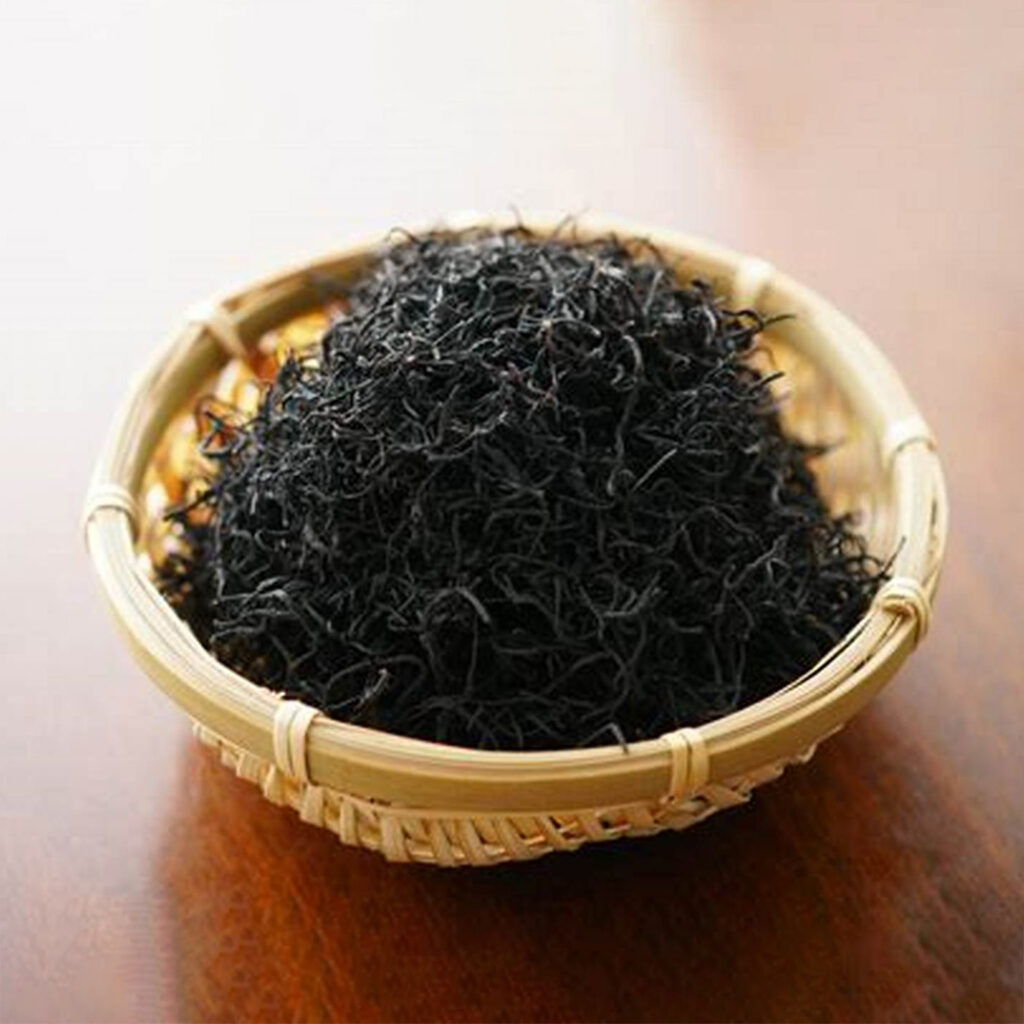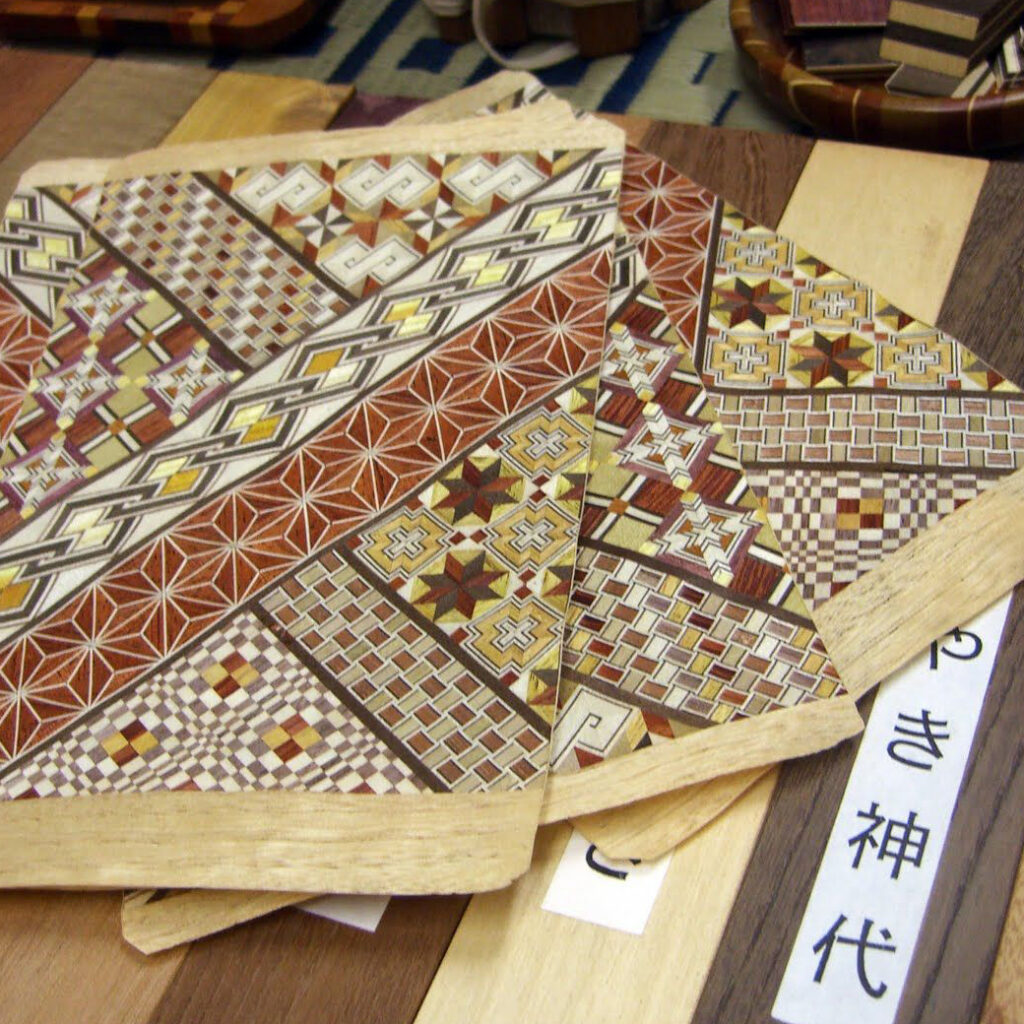Hijiki seaweed, also known as hiziki, is an edible brown seaweed native to the coasts of Japan, China and Korea. It is considered a superfood because of its many health benefits. Hijiki has a mild, slightly sweet flavor and a tender, crunchy texture. It is often used in Japanese cuisine, where it is added to soups, salads and rice dishes. Hijiki is also popular in vegetarian and vegan diets, as it is rich in protein, fiber and minerals.
Advantages of Hijiki seaweed
One of the most important benefits of Hijiki is its iron content. A 100 gram serving of Hijiki contains approximately 36.8 milligrams of iron, which is more than the recommended daily amount for an adult. Iron is essential for the formation of hemoglobin, a protein in the blood that carries oxygen throughout the body. Iron deficiency can lead to anemia, fatigue and weakness. Hijiki is also rich in calcium, an essential mineral for healthy bones and teeth. It also contains iodine, an important mineral for the health of the thyroid gland, which regulates metabolism and growth.
Preparation of Hijiki seaweed
In addition to its health benefits, Hijiki is also easy to prepare. It can be soaked in cold water for about 10 minutes, drained and used in salads or hot dishes. It can also be used in soups or sauces to add flavor and texture.
However, it is important to note that Hijiki can contain high levels of inorganic arsenic, a toxic compound that can cause health problems if consumed in large quantities. Therefore, it is recommended to limit consumption of Hijiki to once a week or less.
Hijiki seaweed recipes
Here are some examples of popular recipes with Hijiki:
- Hijiki Salad: Hijiki salad is a classic recipe that uses Hijiki soaked in cold water for about 10 minutes, then tossed with fresh vegetables, such as grated carrots, cucumber and green onions, and dressed with a vinaigrette made from soy sauce, rice vinegar, sesame oil and sugar.
- Hijiki Rice: Hijiki rice is a simple dish that involves cooking rice with soaked Hijiki, then adding sesame oil and sesame seeds for extra flavor.
- Hijiki Mushroom Soup: This soup uses soaked Hijiki, shiitake mushrooms and vegetables, such as carrots and onions, to create a tasty and healthy soup.
- Hijiki Stir-Fried Tofu: This dish involves stir-frying soaked Hijiki and vegetables with tofu, garlic and ginger for an intense flavor.
- Hijiki Meatballs: These meatballs are mixed with soaked Hijiki, onion, garlic and other spices for a unique flavor and texture.
It is important to note that the amount of Hijiki used in recipes must be controlled due to its inorganic arsenic content.



